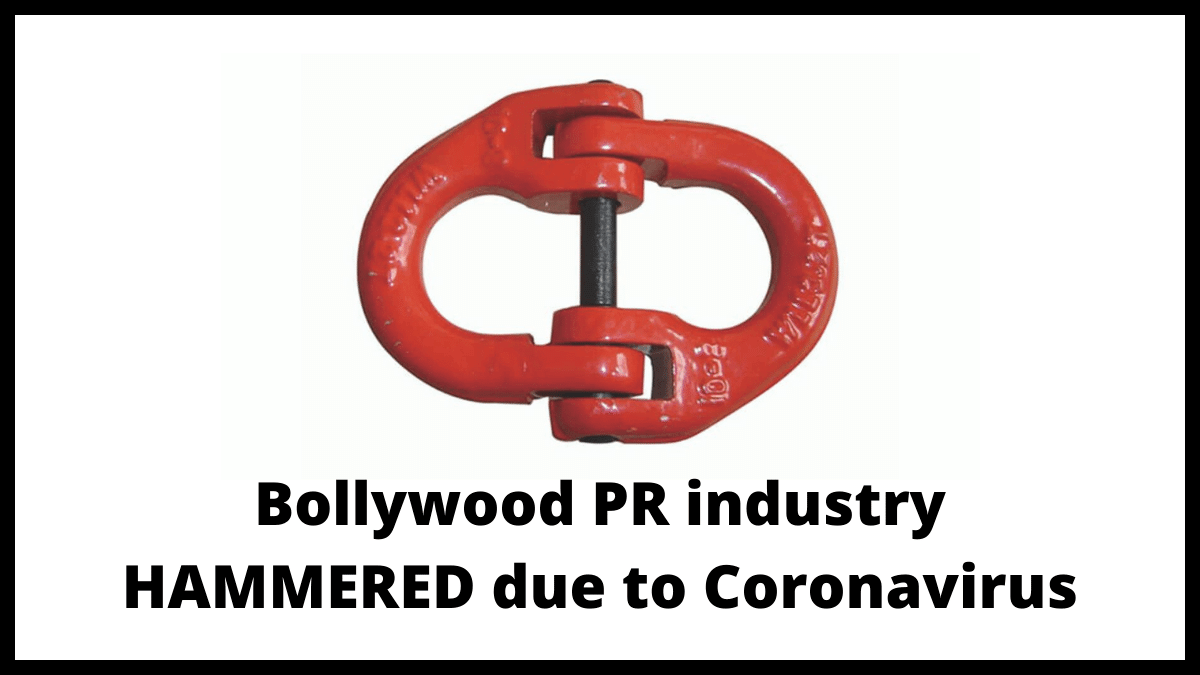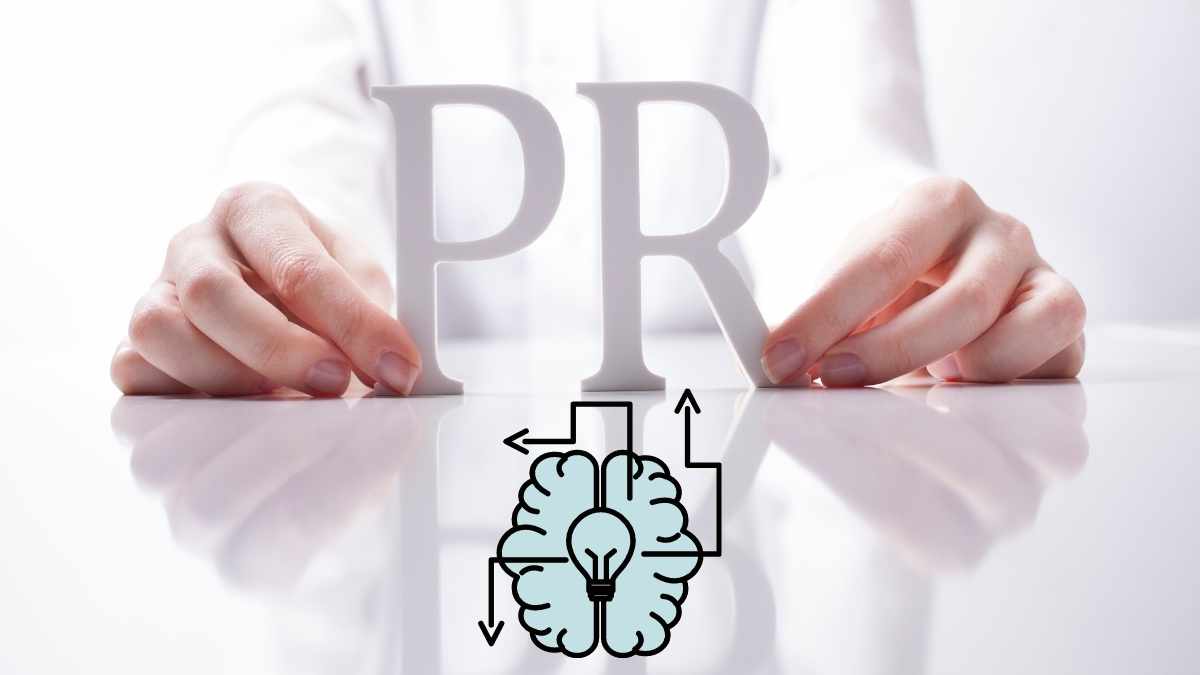Tags
Bollywood leads the way
Hindi cinema, often known as Bollywood, is the Indian Hindi-language film industry based in Mumbai (formerly Bombay). The term is a portmanteau of “Bombay” and “Hollywood”. Bollywood represents 43 percent of Indian net box-office revenue; Tamil and Telugu cinema represent 36 percent, and the remaining regional cinema constituted 21 percent in 2014. In 2017, Indian cinema produced 1,986 feature films, with Bollywood as its largest filmmaker, producing 364 Hindi films the same year.
Bollywood has overtaken the U.S. film industry to become the largest centre for film production in the world. In 2001 ticket sales, Indian cinema (including Bollywood) reportedly sold an estimated 3.6 billion tickets worldwide, compared to Hollywood’s 2.6 billion tickets sold.
Bollywood films tend to use vernacular Hindustani, mutually intelligible by people who self-identify as speaking either Hindi or Urdu, and modern Bollywood movies increasingly incorporate elements of Hinglish. The most popular commercial genre in Bollywood since the 1970s has been the masala film, which freely mixes different genres including action, comedy, romance, drama and melodrama along with musical numbers.
Alongside commercial masala films, a distinctive genre of art films known as parallel cinema has also existed, presenting realistic content and avoidance of musical numbers. In more recent years, the distinction between commercial masala and parallel cinema has been gradually blurring, with an increasing number of mainstream films adopting the conventions which were once strictly associated with parallel cinema. (Courtesy: Wikipedia)










